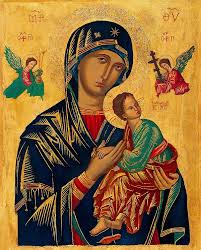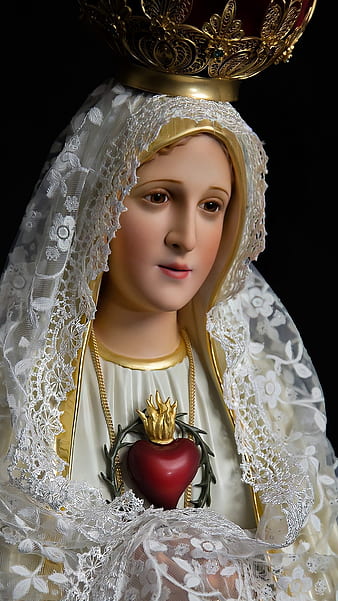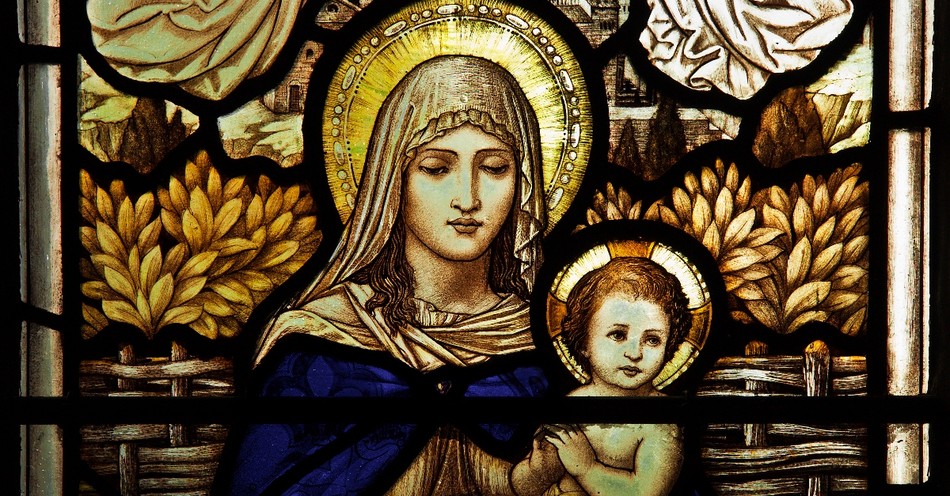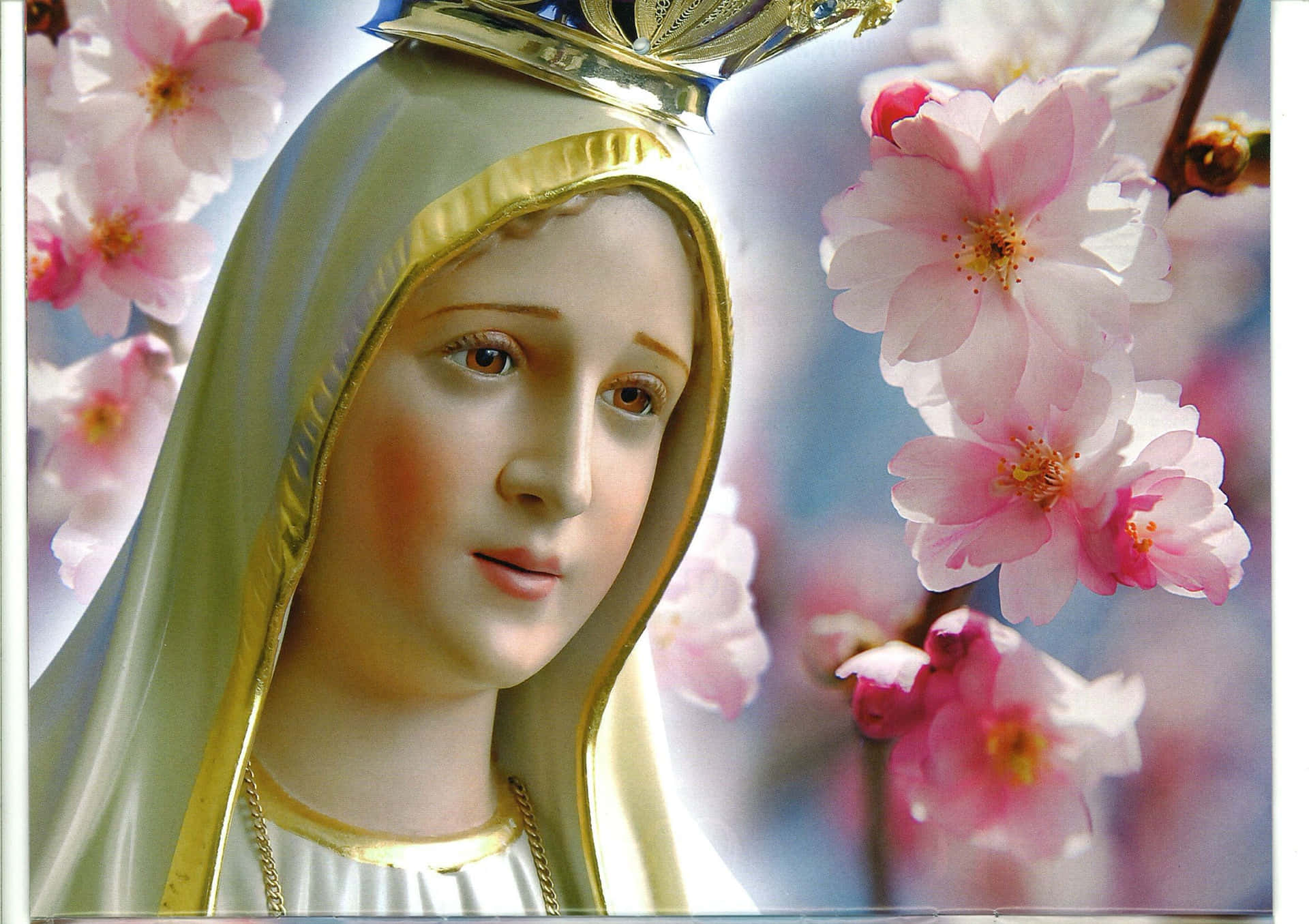The Rosary: A Powerful Prayer Honoring Mary

Updated at: 2023-08-05 13:19:23 (2 years ago by Melkisedeck Leon Shine)
The Rosary: A Powerful Prayer Honoring Mary 🌹💫
-
Introduction: The Rosary is a beautiful and powerful prayer that holds a special place in the hearts of millions of Catholic Christians around the world. 🌍✨ It is a prayer that encompasses the life and teachings of Jesus Christ through the intercession of the Blessed Virgin Mary, the Mother of God. 🙏❤️ In this article, we will explore the significance of the Rosary and why it is considered a powerful means of honoring Mary.
-
The Rosary as a Devotion to Mary: The Rosary is not only a prayer, but also a devotion that encapsulates deep love and reverence for the Blessed Virgin Mary. 📿💙 Catholics believe that Mary, as the Mother of God, holds a special place in salvation history and plays a vital role in the lives of believers. 🌟 By praying the Rosary, we honor Mary's role in the life, death, and resurrection of her son, Jesus.
-
Biblical Basis for Honoring Mary: The honor and veneration given to Mary in the Rosary can be found in various biblical passages. One such example is the Annunciation, where the angel Gabriel greets Mary with the words, "Hail, full of grace, the Lord is with you" (Luke 1:28). 🕊️ This indicates that Mary was chosen by God to bear the Son of God, making her worthy of our veneration and honor.
-
The Joyful Mysteries: The Rosary is divided into four sets of mysteries: the Joyful, Sorrowful, Glorious, and Luminous. The Joyful Mysteries focus on the joyful events in the life of Jesus and Mary, such as the Annunciation, the Visitation, and the Birth of Jesus. By meditating on these mysteries while praying the Rosary, we deepen our understanding of the profound love and joy that Mary experienced as the mother of Jesus. 🌟💖
-
The Sorrowful Mysteries: The Sorrowful Mysteries invite us to meditate on the suffering and sacrifice of Jesus, as well as the immense sorrow that Mary endured as she stood at the foot of the Cross. Through these mysteries, we express our gratitude to Mary for her unwavering faith and strength in the face of immense pain and loss. 🌹💔
-
The Glorious Mysteries: The Glorious Mysteries bring to mind the triumph of Jesus over death and the glory of His Resurrection. They also remind us of Mary's participation in the joy of her Son's victory. As we reflect on these mysteries, we honor Mary's role as the first disciple and her unwavering faith in the promise of eternal life. 🌟✨
-
The Luminous Mysteries: The Luminous Mysteries were added to the Rosary by Pope Saint John Paul II in 2002. These mysteries shed light on the public ministry of Jesus, including His baptism, the Wedding at Cana, and the proclamation of the Kingdom of God. Through these mysteries, we honor Mary's presence and support throughout Jesus' ministry, as she played an integral role in His mission. 💫👑
-
The Rosary as a Powerful Prayer: Praying the Rosary is not only a means of honoring Mary but is also a powerful prayer that brings us closer to Jesus. The repetition of the Hail Marys allows us to enter into a state of deep meditation and contemplation, fostering a sense of peace and connection with God. 🙌💫 The Rosary has been known to bring comfort, solace, and strength to those who pray it with a sincere heart.
-
The Intercession of Mary: In Catholic theology, Mary is believed to intercede for us and bring our prayers before her Son, Jesus. This belief is rooted in her unique role as the Mother of God and her unwavering faith. Through the Rosary, we ask Mary to intercede for us, to guide us, and to help us grow in our relationship with Christ. 🌹🙏
-
The Catechism of the Catholic Church: According to the Catechism of the Catholic Church, the Rosary is a form of prayer that brings about the following spiritual benefits: "among the Roman Catholic faithful, [it] occupies a place of honor because it favors the meditation of the Gospel in union with Mary, who was more intimately united with her son Jesus." (CCC 2708) 📖📿
-
Saints and the Rosary: Throughout history, numerous saints have testified to the power and efficacy of the Rosary. Saint Padre Pio once said, "The Rosary is the weapon for these times." 🛡️💫 Saints such as Saint Dominic, Saint Louis de Montfort, and Saint Teresa of Calcutta were known for their devotion to the Rosary and attributed many graces and blessings to its practice.
-
Conclusion: The Rosary is a beautiful and powerful prayer that allows us to honor Mary, the Mother of God, while deepening our relationship with Jesus. It is a devotion that invites us to meditate on the mysteries of Christ's life, death, and resurrection, with the loving guidance of Mary. 🌹🕊️ Praying the Rosary brings us peace, strength, and a deeper understanding of God's love for us. Have you experienced the power of the Rosary in your spiritual journey? Share your thoughts and experiences below! 🙏❤️





